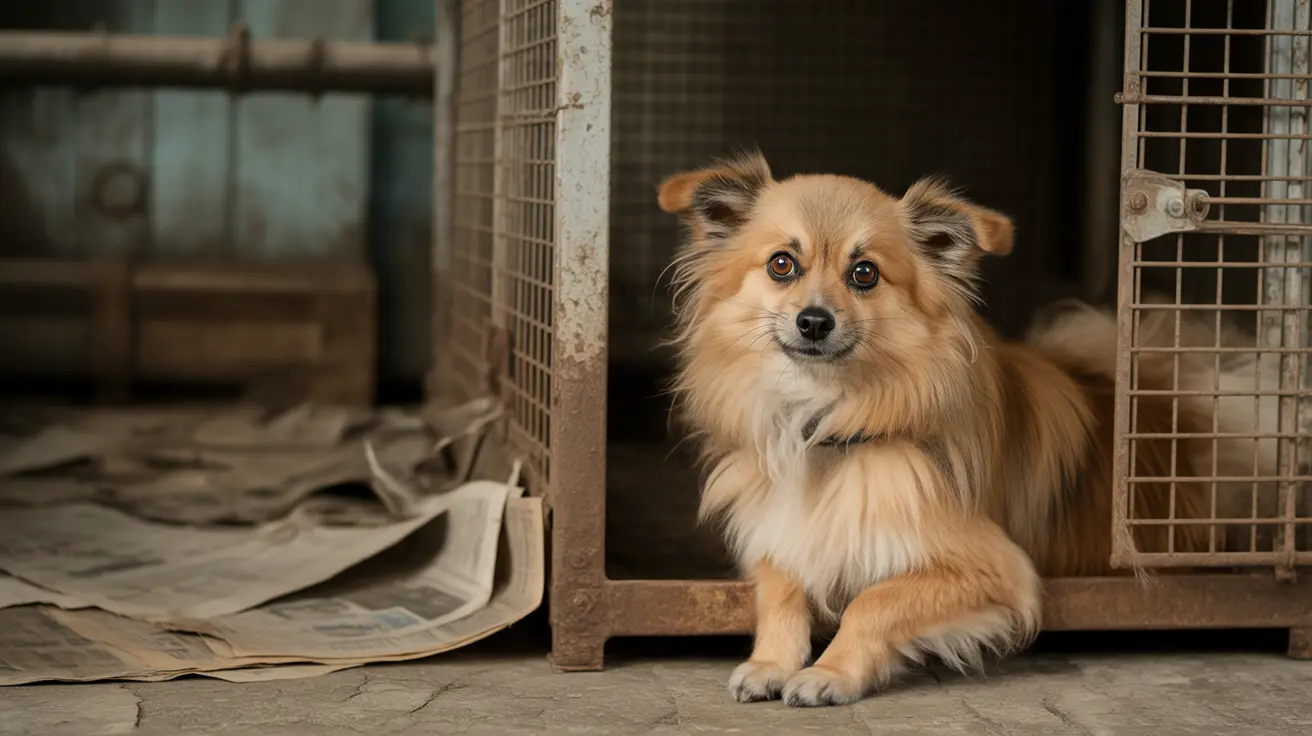What Causes Glomerulonephritis in Cats?
Several factors can trigger glomerulonephritis in cats. The most common causes include:
- Immune-mediated diseases
- Chronic infections
- Feline leukemia virus (FeLV)
- Feline immunodeficiency virus (FIV)
- Heartworm disease
- Autoimmune disorders
In many cases, the exact cause remains unknown, which can make treatment more challenging. However, identifying any underlying conditions is crucial for developing an effective treatment plan.
Recognizing the Signs and Symptoms
Early detection of glomerulonephritis is vital for better outcomes. Watch for these common symptoms:
- Increased thirst and urination
- Weight loss and decreased appetite
- Lethargy and weakness
- Vomiting and diarrhea
- Swelling in legs, face, or abdomen
- Pale gums
- Difficulty breathing
Some cats may show no obvious symptoms initially, with protein in the urine being the only indication of the disease. Regular veterinary check-ups can help catch these early warning signs.
Diagnosis and Testing Process
Veterinarians use various diagnostic tools to confirm glomerulonephritis:
- Comprehensive urinalysis
- Blood chemistry panels
- Blood pressure measurements
- Infectious disease testing
- Kidney ultrasound or X-rays
- Renal biopsy in some cases
Treatment Approaches and Management
Treatment for glomerulonephritis in cats typically involves multiple strategies:
Medication Management
- ACE inhibitors to reduce protein loss
- Immunosuppressive drugs when needed
- Blood pressure medications
- Antibiotics for underlying infections
Dietary Modifications
- Special kidney-support diets
- Reduced protein and phosphorus intake
- Increased water consumption
- Proper nutrient supplementation
Supportive Care
- Fluid therapy
- Regular monitoring of kidney values
- Management of complications
- Lifestyle adjustments
Frequently Asked Questions
What are the common symptoms of glomerulonephritis in cats?
The most common symptoms include increased thirst and urination, weight loss, decreased appetite, lethargy, vomiting, and swelling in various parts of the body. Some cats may show no obvious symptoms early in the disease.
How is glomerulonephritis diagnosed in cats, and what tests are involved?
Diagnosis involves multiple tests, including urinalysis, blood work, blood pressure measurements, and possibly kidney imaging. In some cases, a kidney biopsy may be necessary for definitive diagnosis.
What are the most effective treatments for glomerulonephritis in cats, and how can they improve outcomes?
Effective treatments include medications like ACE inhibitors, dietary modifications, and management of underlying conditions. The treatment approach is typically customized based on the individual cat's needs and disease severity.
How can I manage and slow the progression of glomerulonephritis in my cat through diet and lifestyle changes?
Management includes feeding a kidney-appropriate diet, ensuring adequate water intake, maintaining regular veterinary check-ups, and following prescribed medication schedules. Stress reduction and a stable environment also play important roles.
What is the prognosis for cats with glomerulonephritis, and how often should I monitor their condition?
The prognosis varies depending on the disease's severity and underlying cause. Regular monitoring, typically every 3-6 months or as recommended by your veterinarian, is essential for tracking disease progression and adjusting treatment as needed.
Long-Term Management and Outlook
While glomerulonephritis in cats is a serious condition, proper management can help maintain quality of life and slow disease progression. Success depends on early detection, consistent treatment, and regular veterinary monitoring. With appropriate care and attention, many cats can live comfortably for years after diagnosis.






